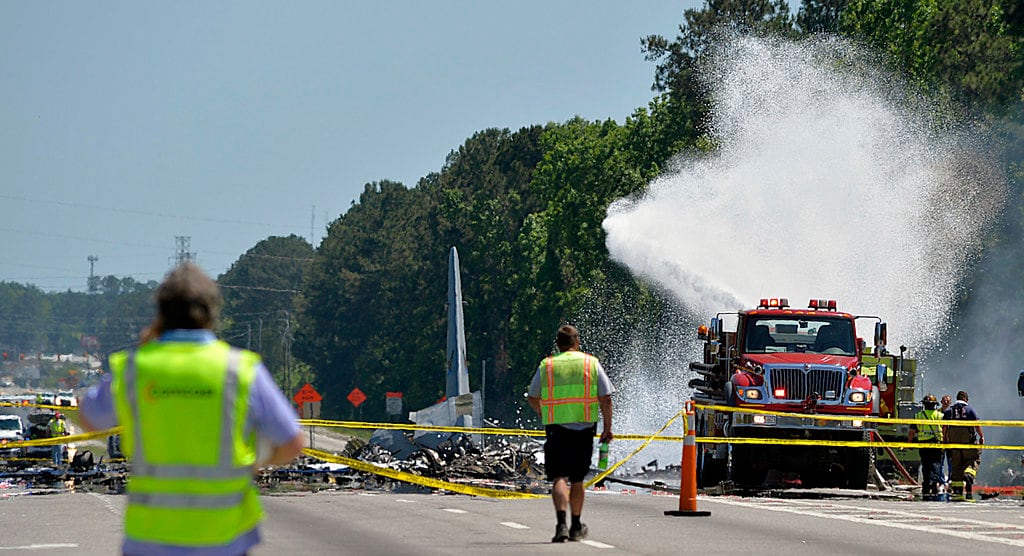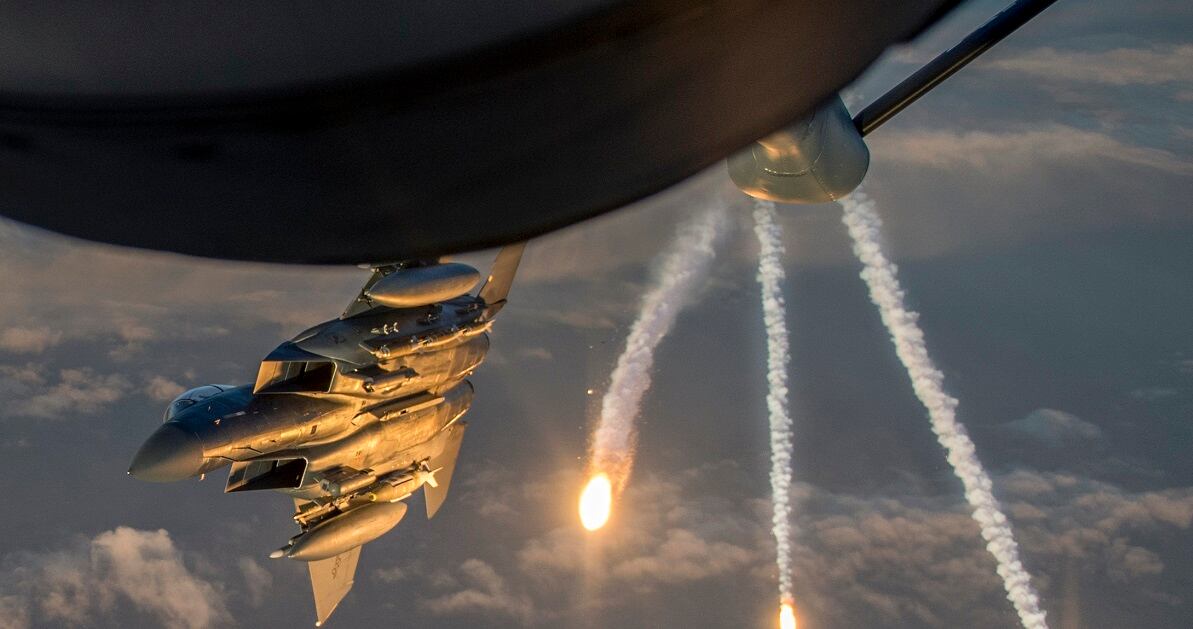A series of one-day safety stand-downs across all flying and maintenance wings has given the Air Force several clues on how to correct a string of troubling — and sometimes fatal — aviation crashes and other mishaps, the service said Monday.
In a news release, the Air Force said the review identified six potential risks to aviation safety: stress caused by high operations tempos; a lack of time to properly focus on flying basics, mission activities and training; pressure to accept risk; a culture that pushes airmen to always execute the mission; decreased availability of aircraft; and the potential for airmen to become complacent when carrying out routine tasks.
The full report summary, provided at Air Force Times' request, also raised concerns about the increasing requirements on maintainers, and low experience in some operations and maintenance personnel.
The summary also cited “perception of ineffective training” as another area of concern.
Air Force Chief of Staff Gen. Dave Goldfein ordered the stand-down in May, after several high-profile mishaps including the May 2 crash of a WC-130 Hercules that killed the nine Puerto Rico Air National Guardsmen aboard.
“The review proved tremendously helpful as we continue to seek both high levels of safety with intense and realistic training,” Goldfein said in the release. “As air superiority is not an American birthright, our training must continue to be challenging and meaningful. But I also want commanders to have the decision authority to determine how far to push.”
RELATED

The service has distributed those findings to the field, the release said, and flying and maintenance leaders are using those findings to help guide their decisions.
The summary also cites the aging fleet of Air Force aircraft as a problem contributing to increased maintenance requirements and decreased aircraft availability.
The summary said that major commands provided the Air Force Safety Center with their aggregate feedback after completing their safety stand-downs, so senior leaders could find out what issues and concerns were identified across all wings.
The Air Force has already started putting plans into place to address airmen’s concerns, including adding more support back to squadrons, reducing additional duties, “enhancing information processes for aircrew mission planning” and cutting staff requirements, according to the release.
Goldfein and Air Force Secretary Heather Wilson have repeatedly expressed concern over the past year about the pace of operations that is being asked of the Air Force, and worry that airmen are being stretched too thin.
“We lean forward every day to get the mission done — it’s what we do — but we must also know when risks associated with leaning forward outweigh the benefit,” Wilson said in the release. “Gen. Goldfein and I will continue to empower leaders to take care of their people as we build the ready force we need.”
Goldfein said he wants all airmen who play a part in flying operations — including pilots and other air crew members, maintainers, and weapons loaders — to train so realistically that they’re prepared for anything they encounter, both in combat and during peacetime.
“We’re taking necessary steps to ensure our airmen operate as safely as possible in an inherently dangerous business,” Goldfein said. “I want to train hard and I want commanders to push themselves and their airmen to achieve high levels of readiness. Sometimes the right answer is knock it off ... sometimes it is push it up. Confidence in the air, safety on the ground and in the air, it’s commander’s business.”
RELATED
Aviation in Crisis
A Military Times investigation earlier this year found that fatal aviation crashes across all services had reached a six-year high.
In the Air Force, the most serious Class A mishaps have declined, but the number of non-fatal Class C mishaps is increasing, which some experts warn could be a sign of worse problems developing in the future.
Stephen Losey is the air warfare reporter for Defense News. He previously covered leadership and personnel issues at Air Force Times, and the Pentagon, special operations and air warfare at Military.com. He has traveled to the Middle East to cover U.S. Air Force operations.




